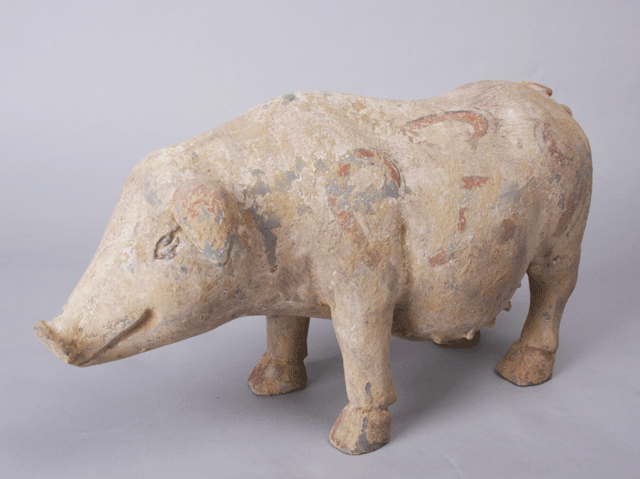

Traditional Chinese concepts of the afterlife differed greatly from those commonly held in the West today. For the Chinese, death was a continuation of peoples' earthly existence. Moreover, the Chinese saw humans as having two souls and one of them, the po (魄) or "animal" soul, remained with the body in death. Offerings placed with the dead ensured that they could continue to enjoy the life they had always experienced.
At first, powerful individuals were buried with some combination of sacrificed servants, concubines, and horses to ensure that their life of privilege would continue after death. These sacrifices were abhorrent to Confucianism, which promoted the use of substitutes, "luminous objects" or mingqi (明器). The spirits of the dead could enjoy the mingqi just as much as living people could appreciate the originals. Mingqi were first placed in tombs after 700 BCE, and continued in use until the early 1900s.
While the most famous Chinese tomb offerings are the first emperor's life-size army, miniature depictions were sufficient to please the spirits of the dead. (Admittedly, size still mattered; more important people could be entombed with larger mingqi, or at least more carefully prepared ones). Some early mingqi were carved from wood, and some wood carvings of retainers included elaborate clothing, but ceramic mingqi eventually became the norm. Figures of servants, dancers, musicians, and concubines replicated the pleasures of household life. Figures of farm animals and structures such as granaries and ovens replicated the means by which food was produced. The dead could be protected and served by warriors, just as they had been while living. Mingqi are found in the tombs of both men and women, suggesting that the use of mingqi depended more on class than on gender.
The roots of mingqi were, no doubt, attempts to provision the dead in their next life, but by the imperial period the idea was more sophisticated—to surround the spirits with objects that would please and therefore sustain them, by invoking the sources of their worldly comfort.
The mingqi shown below can be accessed using other paths in this online exhibit, but we have gathered them here so you can explore them as a group.
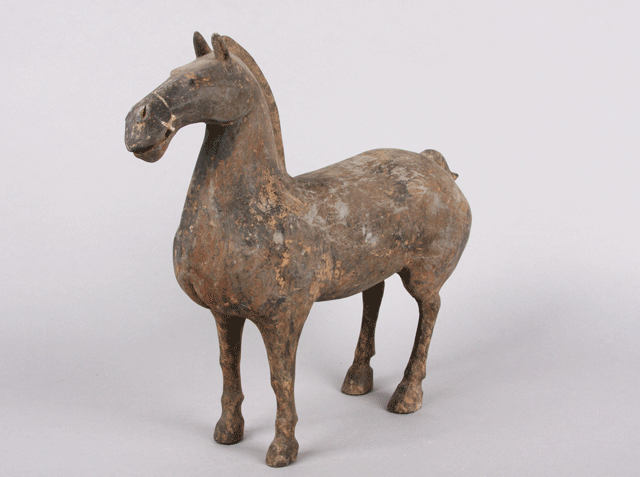
Han dynasty horse (and attendant)
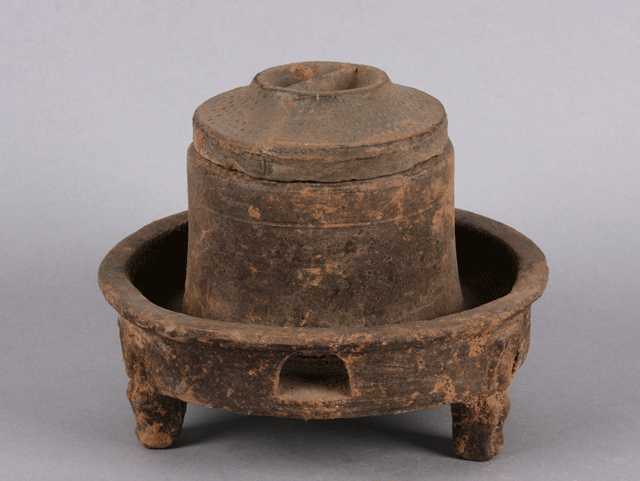
Han dynasty grain mill and granary
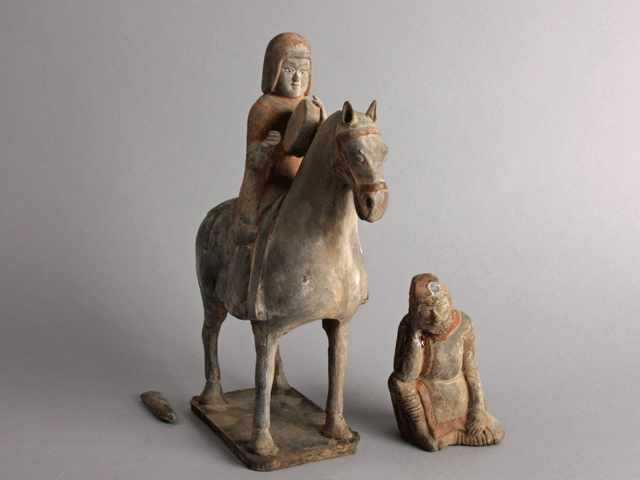
Tang "style" horseback musician and attendant
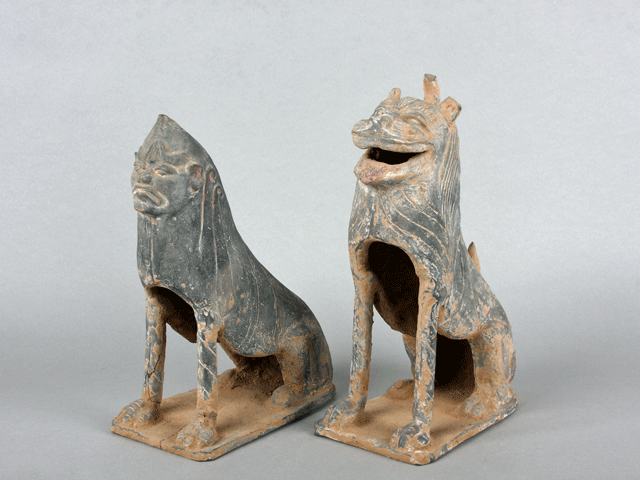
Five Dynasties and Ten Kingdoms period
For a 2015 study of mingqi, see "Miniature Tomb Figurines and Models in Pre-imperial and early Imperial China: Origins, Development and Significance" by Armin Selbitschka, World Archaeology Vol. 47, pp. 20–44.
See source code for copyright information and photo credits. Page last revised on March 1, 2016. Please report problems to toh@unm.edu